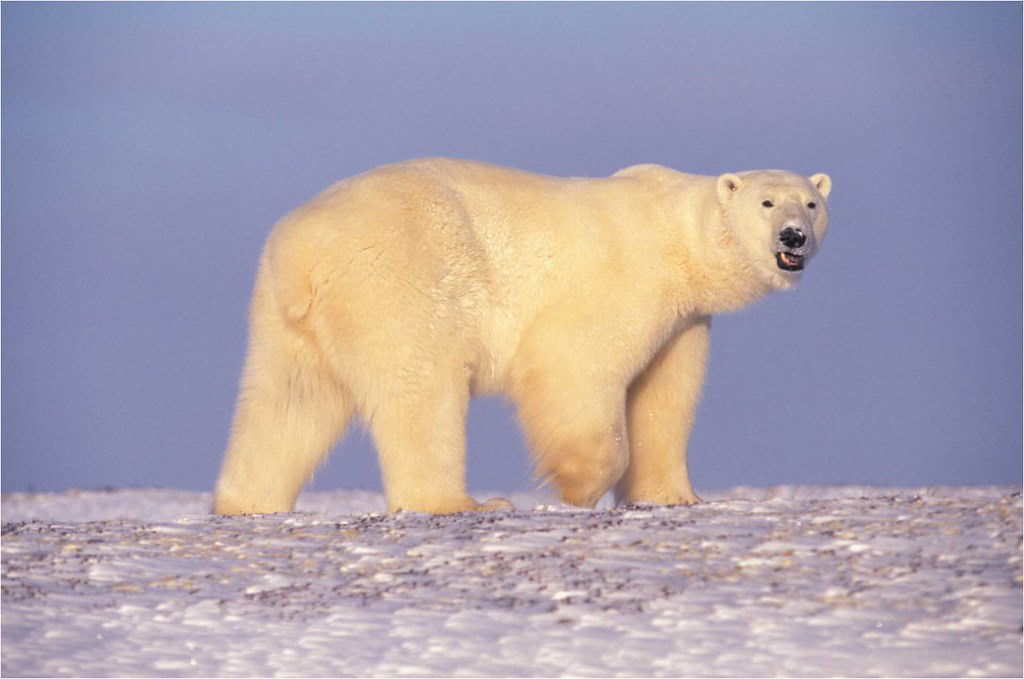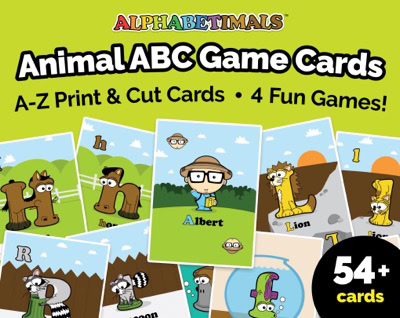
Polar bears are giant white bears that live in the cold, snowy parts of the world. They are powerful swimmers and love to roam on sea ice. These animals are great hunters and use their strong noses to sniff out food from far away. Even though they look fluffy and cuddly, polar bears are wild animals and need lots of space to live and grow.
Watch a Polar bear in Action!
Polar bears are fun to watch as they swim, play, and explore their icy homes. Check out this exciting polar bear video for kids!
What is a Polar bear?
Polar bears are big Arctic animals that live where it’s very cold. They are built for chilly weather with their thick fur and fat layers to keep warm.
- Polar bears are mammals
- They have white fur that helps them blend in with snow
- They have big paws for walking on ice and swimming
- They are excellent hunters and mostly eat meat
Where do Polar bears live?
Polar bears live in the Arctic, which is near the North Pole. They stay on sea ice and near cold oceans where they can hunt seals.
- Found in countries like Canada, Norway, Russia, Greenland, and the United States (Alaska)
- Live on sea ice and along icy coastlines
- Spend lots of time in the water swimming between ice patches
What do Polar bears eat?
Polar bears are meat eaters and love to eat seals. They are very patient hunters and wait near holes in the ice to catch their food.
- Love to eat seals the most
- Sometimes eat birds, fish, or whale leftovers
- Can go for a long time without eating if they need to
How big is a Polar bear?
Polar bears are huge! They are the biggest bears in the world.
- Grown-up males can be as tall as a small car when standing up — about 10 feet (3 meters)
- They can weigh more than 1,300 pounds (590 kilograms) — that’s as heavy as a piano!
- Baby polar bears are tiny and only weigh about 1 pound (0.5 kilograms) when born
What sound do Polar bears make?
Polar bears make all kinds of sounds! They growl, roar, huff, and even make loud chuffing noises to talk to other bears or scare off danger.
Cool Polar bear facts
Polar bears are full of surprises. Here are some fun facts kids will love:
- Polar bears have black skin under their white fur to soak up heat from the sun
- They can smell seals from over a mile (1.6 kilometers) away
- They are great swimmers and can swim for days without stopping
- Each polar bear has its own scent that helps other bears know who they are
- They have a special third eyelid to protect their eyes from snow and ice
- Polar bear cubs stay with their moms for about 2 years
- They walk with wide feet like snowshoes to stop from sinking in the snow
- Polar bears don’t hibernate like other bears, but moms rest in dens with their babies
Printables and coloring fun
Have fun learning about polar bears with these printable activities and coloring games.
Polar bears in the eco-system
Polar bears are important animals in the Arctic. They help keep the balance of nature by hunting seals and showing how healthy the Arctic is.
- Polar bears are top predators in the Arctic
- They help control seal populations
- They are a big part of Arctic food chains
- There are about 22,000 to 31,000 polar bears in the world
- Polar bears are considered vulnerable because melting ice is making it hard for them to hunt and live
Ask a grown-up to help you learn more
Want to know even more cool things about polar bears? Ask a grown-up to help you visit these trusted websites:
- National Geographic Kids: Polar bear Facts
- World Wildlife Fund: Polar bear
- Oceana: Polar bear Information
Fun questions about Polar bears
Polar bears have black skin underneath their fur to absorb and retain heat from the sun.
Polar bears are excellent swimmers and can swim for miles in cold Arctic waters using their large front paws.
Baby polar bears (cubs) are small, blind at birth, and covered in fine white fur. They are born in dens and weigh about 1 pound (0.5 kg).
No. Polar bears live in the Arctic (North Pole), not the South Pole (Antarctica).
They stay warm thanks to a thick layer of blubber, dense fur, and black skin that traps heat.
Yes. They are skilled hunters, mainly preying on seals by waiting near breathing holes in the ice.
Sometimes. Pregnant females dig dens to give birth and rest, but adult males and non-pregnant females usually sleep outside on the snow or ice.
In the wild, polar bears live about 15 to 25 years.
Yes, but not well. Polar bears can climb small slopes or icy ledges, but they are not good tree climbers like other bears.
Ways to donate and support Polar bears
Polar bears need our help to protect their icy homes. You can support them by learning, sharing, and donating to groups that help save their habitat.
Sources: Wikipedia, Live Science, Creative Commons, Britannica.com and Freesound.org

Alphabetical list of animals that start with P
A full alphabetical list of popular animal names that begin with the letter P for toddlers and preschool kids.
- Panda
- Panther
- Parakeet
- Parrot
- Partridge
- Peacock
- Peccary
- Pelican
- Penguin
- Pheasant
- Pig
- Pigeon
- Pika
- Pike
- Piranha
- Platypus
- Poison Dart Frog
- Polar Bear
- Polecat
- Pony
- Porcupine
- Prairie Dog
- Prawn
- Praying Mantis
- Proboscis Monkey
- Puff Adder
- Puffer Fish
- Puffin
- Puma
- Python
Which one should be the next Alphabetimal? Let us know on our facebook page.
All animals A-Z
Animal phonics alphabet
Animals that start with common phonics digraphs
Animal facts for kids
Other animal collections
Try our Printable Alphabet Worksheets! Download a FREE SAMPLE or preview all 200+ on Etsy.com or TeachersPayTeachers.com



